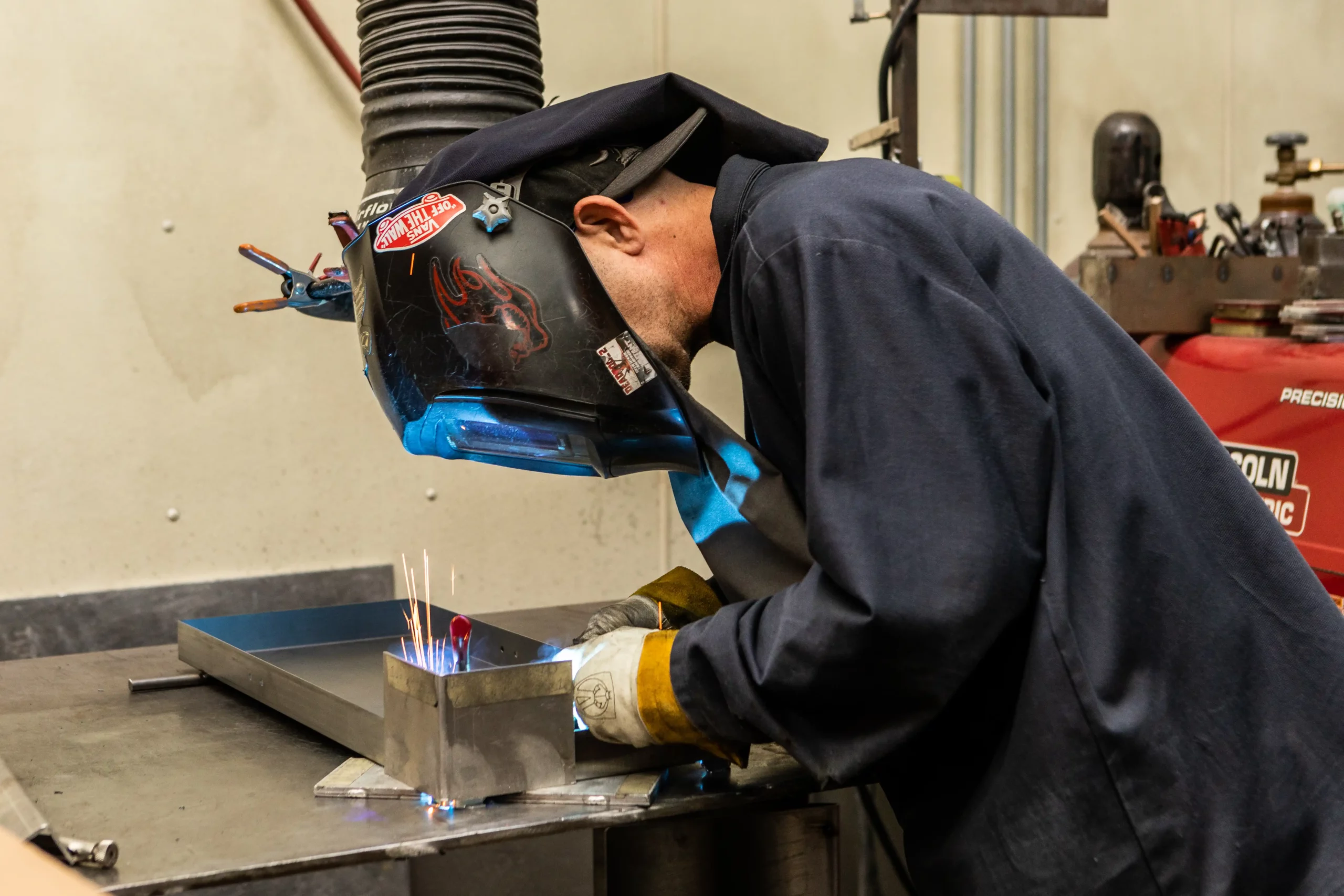The Ultimate Guide to Welding WPS Procedures: A Comprehensive Summary for Welders
In the complex world of welding, Welding Treatment Requirements (WPS) offer as the foundation of making certain quality, uniformity, and safety and security in welding procedures (welding WPS). As we dive right into the different elements of a WPS and discover the intricacies of qualification and certification, we will certainly uncover the vital function these procedures play in the world of welding.
Significance of WPS Procedures
Comprehending the value of Welding Procedure Specifications (WPS) treatments is critical for guaranteeing the high quality and stability of welded frameworks. WPS procedures work as a roadmap for welders, laying out the essential steps, parameters, and materials needed to accomplish an audio weld. By sticking to WPS standards, welders can guarantee uniformity in their job, leading to structurally audio and trustworthy welds.
One of the key factors why WPS procedures are crucial is their duty in maintaining weld top quality and stability. Complying with the defined welding parameters and methods outlined in the WPS aids prevent problems such as porosity, fracturing, or incomplete blend, which can jeopardize the strength and resilience of the weld. Furthermore, WPS treatments are crucial for guaranteeing compliance with market standards and codes. By complying with well-known WPS standards, welders can show that their job meets the essential needs for security and top quality, giving assurance to customers, assessors, and governing bodies. Essentially, the importance of WPS procedures can not be overemphasized, as they are fundamental to attaining constant, high-quality welds that meet sector requirements and requirements.

Components of a WPS
A Welding Treatment Specification (WPS) usually consists of vital components that detail the particular requirements for executing a weld, making sure uniformity and quality in the welding procedure. The vital components of a WPS consist of vital variables such as base metals, filler steels, interpass and preheat temperatures, welding processes, securing gases, welding placements, and post-weld warmth therapy requirements.
Base metals refer to the materials being signed up with, while filler metals are used to fill the space in between the base metals during welding. The welding process outlines the particular method to be utilized, whether it's gas steel arc welding (GMAW), shielded steel arc welding (SMAW), or another method. Welding settings specify the orientations in which welding can be carried out.

Credentials and Certification
Having developed the crucial elements of a Welding Procedure Specification (WPS), the focus currently shifts towards the crucial aspects of credentials and accreditation in welding methods.

Accreditation, on the other hand, is the official recognition of a welder's credentials by a relevant accreditation body or company. Welding certifications are usually based upon the details welding processes, products, and positions a welder is certified to work with. Holding a legitimate welding qualification demonstrates that a welder meets sector criteria and is experienced to carry out welding tasks to the called for specs.
Producing a WPS
To establish a Welding Treatment Spec (WPS) that meets sector standards, mindful factor to consider of welding processes, products, and operational criteria is essential. The first action in producing a WPS is to identify the welding process to be made use of, such as gas metal arc welding (GMAW) or protected metal arc welding (SMAW)

Applying and Monitoring WPS
Upon settling the extensive Welding Procedure Requirements (WPS) that diligently details welding processes, materials, operational specifications, and quality guarantee steps, the focus moves to properly executing and monitoring the recognized procedures. Execution includes ensuring that all welders entailed in the task are acquainted with the WPS and follow it thoroughly throughout the welding process. Reliable application and surveillance of the WPS are crucial for making visit this site right here sure the stability, strength, and safety and security of the welded joints, ultimately adding to the total success of the welding project.
Conclusion
Finally, understanding and complying with Welding Procedure Specs (WPS) is vital for welders to ensure top quality, uniformity, and security in their job. By understanding the elements of a WPS, acquiring proper credentials and accreditations, producing thorough procedures, and executing and checking them successfully, welders can boost their abilities and efficiency in welding techniques. Following WPS procedures is important for creating top quality welds and meeting sector standards.
In the detailed globe of welding, Welding Procedure Specs (WPS) offer as the foundation of making certain top site here quality, uniformity, and safety and security in welding procedures. The welding procedure outlines the specific method to be utilized, whether it's gas steel arc welding (GMAW), protected metal arc welding (SMAW), or an additional technique.To establish a Welding Treatment Requirements (WPS) that fulfills market standards, careful factor to consider of welding processes, materials, and functional criteria is essential. The first step in developing a WPS is to identify the welding procedure to be made use of, such as gas steel arc welding (GMAW) or protected metal arc pop over to this site welding (SMAW)Upon completing the extensive Welding Procedure Spec (WPS) that meticulously details welding procedures, materials, functional criteria, and top quality guarantee procedures, the focus moves to effectively carrying out and checking the established treatments.